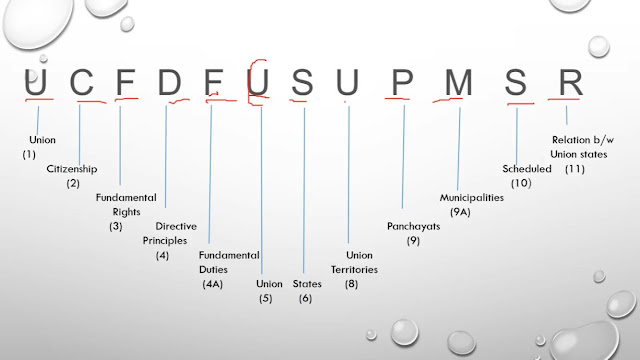DIVORCE BY MUTUAL CONSENT
Divorce by Mutual Consent in India- Step by Step Procedure
What is divorce by mutual consent?
Under Section 13-B of the Hindu Marriage Act, 1955, the parties can seek divorce by mutual consent by filing a petition before the court. Mutual consent means that both the parties agree for peaceful separation.
Mutual consent divorce
Mutual Consent Divorce is a simple way of coming out of the marriage and dissolve it legally. Important requirement is the mutual consent of the husband & wife. There are two aspects on which Husband & Wife have to reach to consensus. One is the alimony or maintenance issues. As per Law there is no minimum or maximum limit of maintenance. It could be any figure or no figure. Next important consideration is the Child Custody. This can also be worked out effectively between the parties. Child Custody in Mutual Consent Divorce can be shared or joint or exclusive depending upon the understanding of the spouses.

When can the divorce by mutual consent be filed?
The parties intending to dissolve marriage are required to wait for at least one year from the date of marriage.
They have to show that they have been living separately for a period of one year or more before the presentation of the petition for divorce and that during this period of separation they have not been able to live together as husband and wife.
Where to file the divorce petition?
In the family court of the city / district where both the partners lived together for the last time, which was their matrimonial home.
Are there different laws of divorce for different religion in India?
There are different laws of divorce for different religion. Hindus(which includes Sikh, Jain, Budh) are governed by Hindu Marriage Act,1955.Christians are governed by Indian Divorce Act-1869 & The Indian Christian Marriage Act,1872. Muslims are governed by Personnel laws of Divorce and also the Dissolution of Marriage Act,1939 & The Muslim Women (Protection of Rights on Divorce) Act,1986. Similarly, Parsis are governed by The Parsi Marriage & Divorce Act-1936. And there is also a secular law called Special Marriage Act,1954.

How to file divorce petition by mutual consent? What happens in the court?
The divorce petition is in the form of affidavit, which is to be submitted to the family court. After the filing of the petition and recording the statement of both the parties, the court generally adjourns the matter for a period of 6 months.
After six months the parties have to present themselves again in the court for making a second motion confirming the mutual consent filed earlier. It is only after this second motion that a decree of the divorce is granted by the court.
Can any one party withdraw the mutual consent petition after filing in the court? What will happen by that?
During this period of 6 months when the petition is pending in the court, any of the partner is fully entitled to withdraw the mutual consent by filing an application before the court stating that he/she does not wish to seek divorce by mutual consent.
In such circumstances, the court grants no divorce decree.
What can the other partner do under such circumstances?
There is no option available to the other party to such circumstances except to file a normal petition for divorce under the provisions of the Section 13 of the Hindu Marriage Act, 1950.
In such a situation divorce can be granted only on certain specified grounds like cruelty; desertion; voluntary sexual inter-course with another person; the other spouse being of unsound mind; conversion of religion by the other spouse; Leprosy; venereal disease; a spouse having renounced the world or being missing for a period of more than 7 years.
Can the spouse consent for remarriage without getting divorce from existing partner?
Remarriage without getting divorce is a punishable offence with seven years imprisonment.
If either of the spouses is not heard for a long time, should the divorce be applied?
If there is proof of the absence of spouse without any information.


Comments
Post a Comment